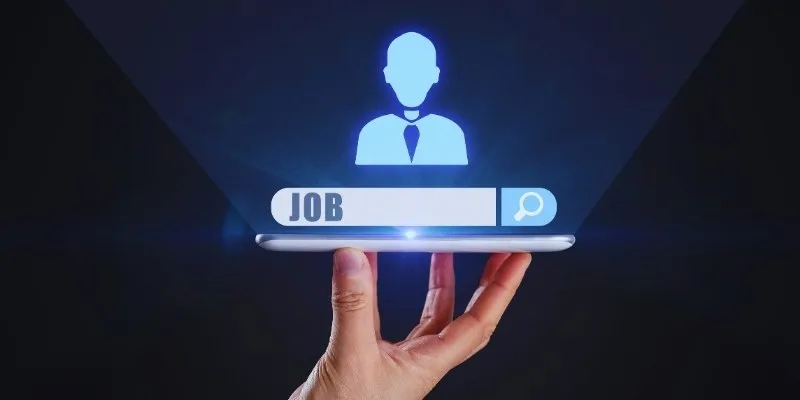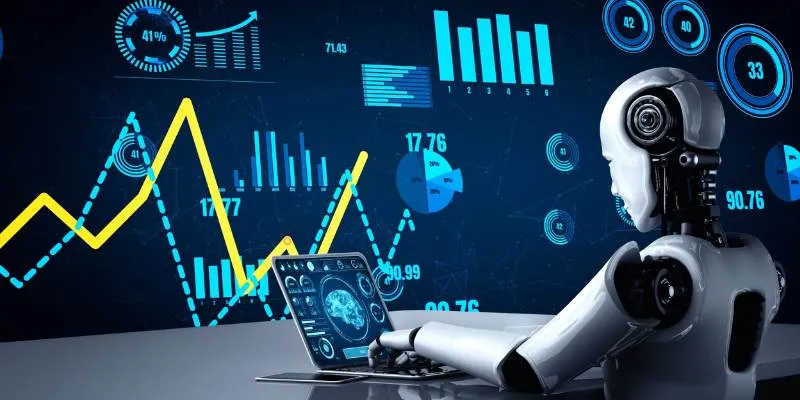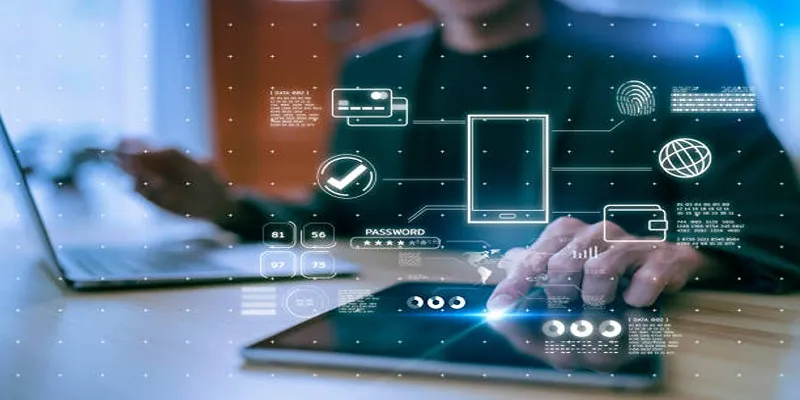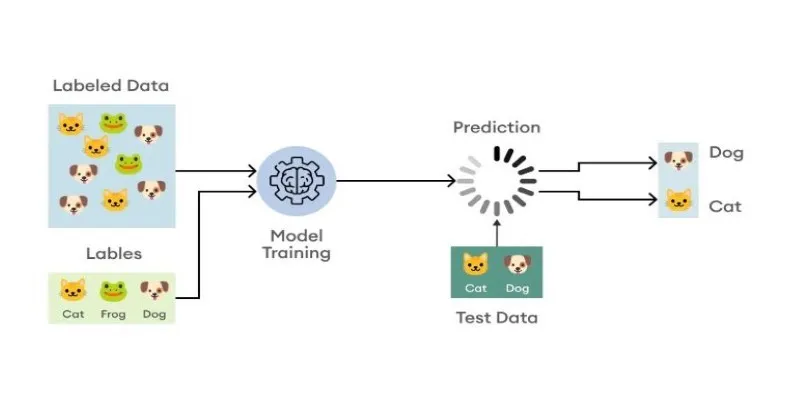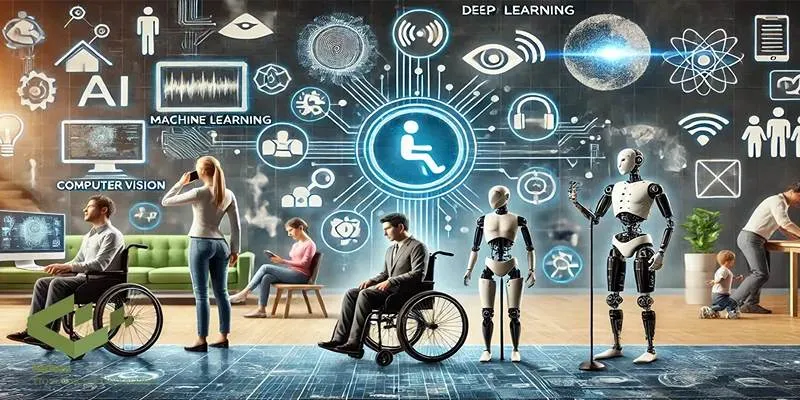Cybersecurity in 2025 looks vastly different from just a few years ago. With smarter attacks, synthetic media, and a constantly shifting digital landscape, defending systems has become as much about adaptability as strength. Businesses, governments, and individuals are learning to combine traditional safeguards with newer, faster ways to counter threats that feel like they’re evolving by the day. Deepfakes muddy what we can trust, and cryptography races to keep pace with quantum threats. Staying ahead no longer means building bigger walls — it means knowing how to pivot when those walls are tested.
Hybrid Defense Strategies Take Center Stage
In 2025, one of the biggest shifts in cybersecurity is how defenses have evolved into smarter and more balanced approaches. Instead of choosing between traditional methods like firewalls and perimeter monitoring or newer zero-trust models, most organizations now weave them together. This hybrid approach retains strong outer defenses while adding a layer of constant verification, checking every single access attempt, regardless of its origin.
But hybrid strategies go beyond hardware and software. People are just as important as the tools. Employees are trained to recognize phishing, even when attacks use AI-generated messages or voices that sound remarkably convincing. On top of that, companies now run cloud systems and physical servers side by side, treating them as one interconnected system instead of separate pieces. Hybrid doesn’t mean a messy patchwork; it’s a carefully thought-out design meant to stand up to threats from every angle.
Automation plays its part, too, scanning networks in real-time with machine learning to catch odd behavior. However, humans still oversee the process, stepping in when judgment is needed. These strategies work because they mix strengths: humans and machines, prevention and response, tradition and innovation, all forming a more adaptive shield.
The Rise of Deepfakes and Synthetic Threats
Deepfakes have moved from social media curiosity to a genuine cybersecurity concern. Attackers now use synthetic audio and video to impersonate executives, tricking employees into wiring funds or disclosing sensitive information. These attacks are more convincing than traditional phishing because they appeal to both sight and sound, exploiting the natural human instinct to trust what appears real.

Companies in 2025 are investing in tools that can detect manipulated media, but even these have limits. Detecting a well-made deepfake often requires more than just software. It involves changes in workflow. For example, verbal approvals are being replaced with secure digital signatures and multi-step verification to ensure that a request is legitimate.
Deepfake threats extend beyond internal fraud. Disinformation campaigns targeting organizations can harm reputations, spread confusion, and even affect stock prices. In response, many organizations now include deepfake awareness and response as part of their incident response plans. The threat has forced security teams to rethink what constitutes “proof” and what can be trusted.
Preparing for Crypto-Agility
Cryptography is the backbone of modern cybersecurity, but it faces one of its biggest tests yet: the looming reality of quantum computing. By 2025, while full-scale quantum computers remain out of reach for most, the threat they pose to today’s encryption methods is no longer theoretical. Organizations are now working toward what is called crypto-agility — the ability to quickly switch cryptographic algorithms when current ones are broken.
This involves more than upgrading software. Many systems, especially older ones, rely on hard-coded algorithms and keys. Replacing these is a time-consuming process, so preparation starts now. Crypto-agility means building systems flexible enough to adopt new standards as soon as they’re ready, without disrupting daily operations.
Some companies are already experimenting with post-quantum cryptography, which uses mathematical problems believed to resist quantum attacks. At the same time, they keep their current protections intact for compatibility. This layered approach ensures that when quantum computing does make today’s encryption obsolete, organizations won’t be left scrambling.
Crypto-agility also means taking inventory of where and how encryption is used. Data at rest, in transit, and in use may each rely on different keys and protocols. By mapping this thoroughly, security teams can prioritize which systems to update first and plan migrations without unnecessary risk.
Staying Ahead in a Changing Landscape
As threats evolve, so does the mindset around cybersecurity in 2025. More than ever, resilience is valued alongside prevention. Organizations accept that breaches may happen but work to limit damage and recover quickly. This involves constant testing — not just of technical defenses, but also of teams and processes. Regular drills help identify weak spots before attackers do.

Collaboration is another hallmark of the current landscape. Companies increasingly share information about threats, vulnerabilities, and successful responses. This collective knowledge helps the wider community respond faster when new risks appear.
Privacy concerns also shape security decisions. Regulations around data protection have grown stricter in many parts of the world. This has forced companies to balance strong defenses with respect for personal information. In some cases, it has led to innovations that protect privacy while still providing security, such as homomorphic encryption, which allows data to be analyzed without being exposed.
While the tools and tactics have changed, one thing remains consistent: cybersecurity is no longer seen as just an IT issue. Leadership at every level is expected to understand the risks and support efforts to mitigate them. The conversation has shifted from “if” to “when,” and preparation is now part of standard business strategy.
A Future Built on Adaptation
The cybersecurity landscape of 2025 is shaped by unpredictability and speed. Hybrid strategies have become the norm because no single method can meet every threat. Deepfakes have blurred the line between real and fake, forcing people to question what they see and hear. Cryptography faces a test like never before, and crypto-agility ensures that when quantum power becomes reality, systems can adapt. Each of these trends demands vigilance and flexibility, not just from technical teams but from organizations as a whole. The stakes are higher, but so is awareness — and that makes all the difference.
 zfn9
zfn9


